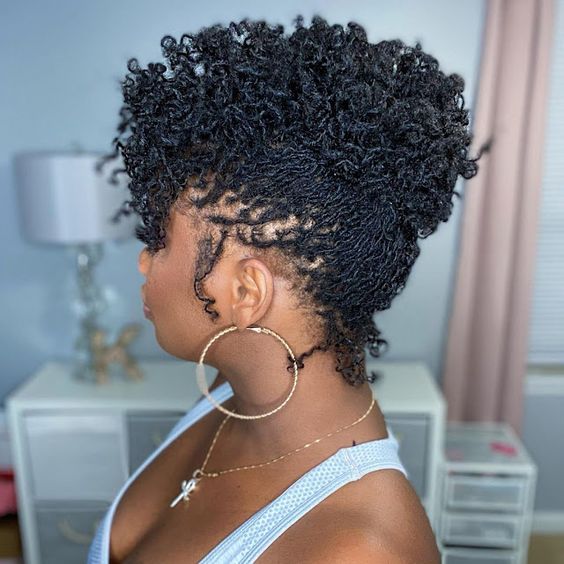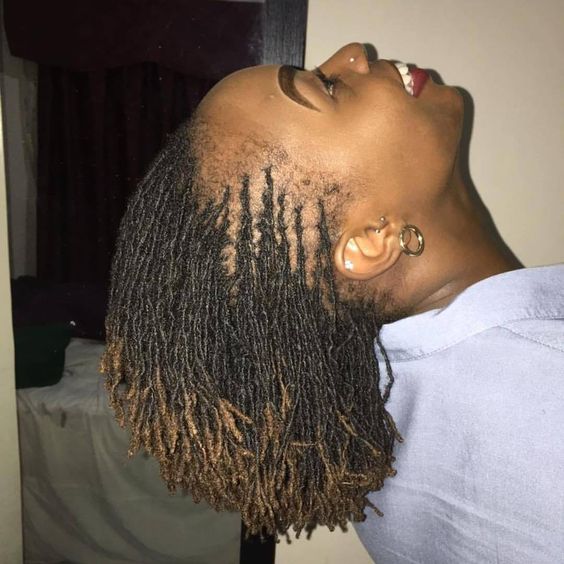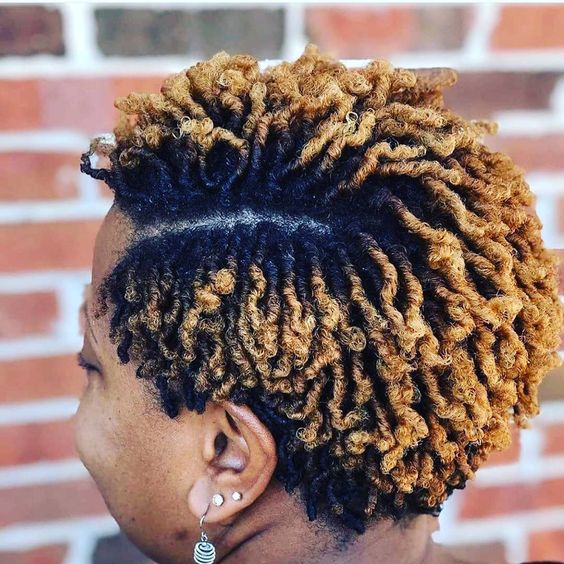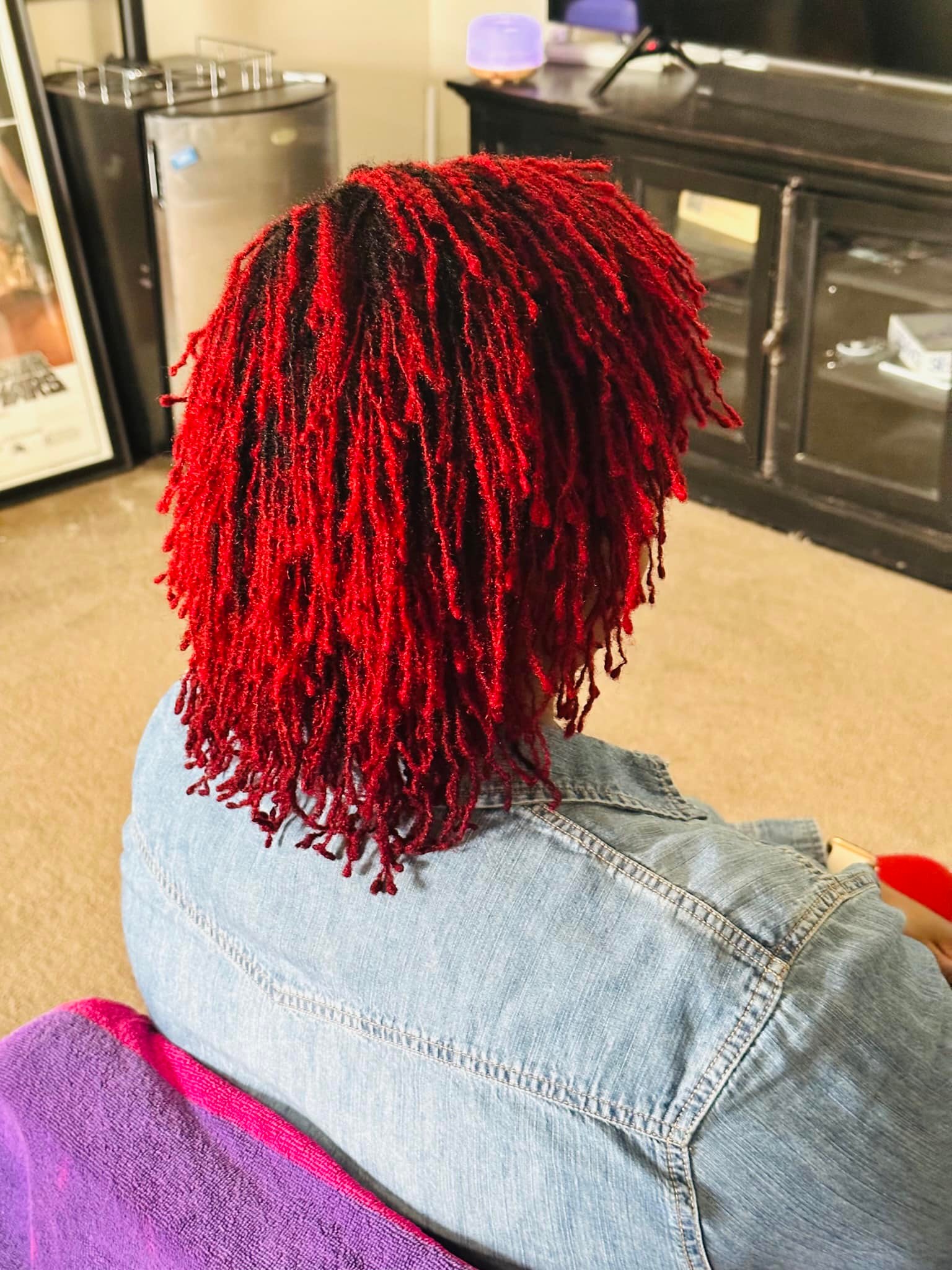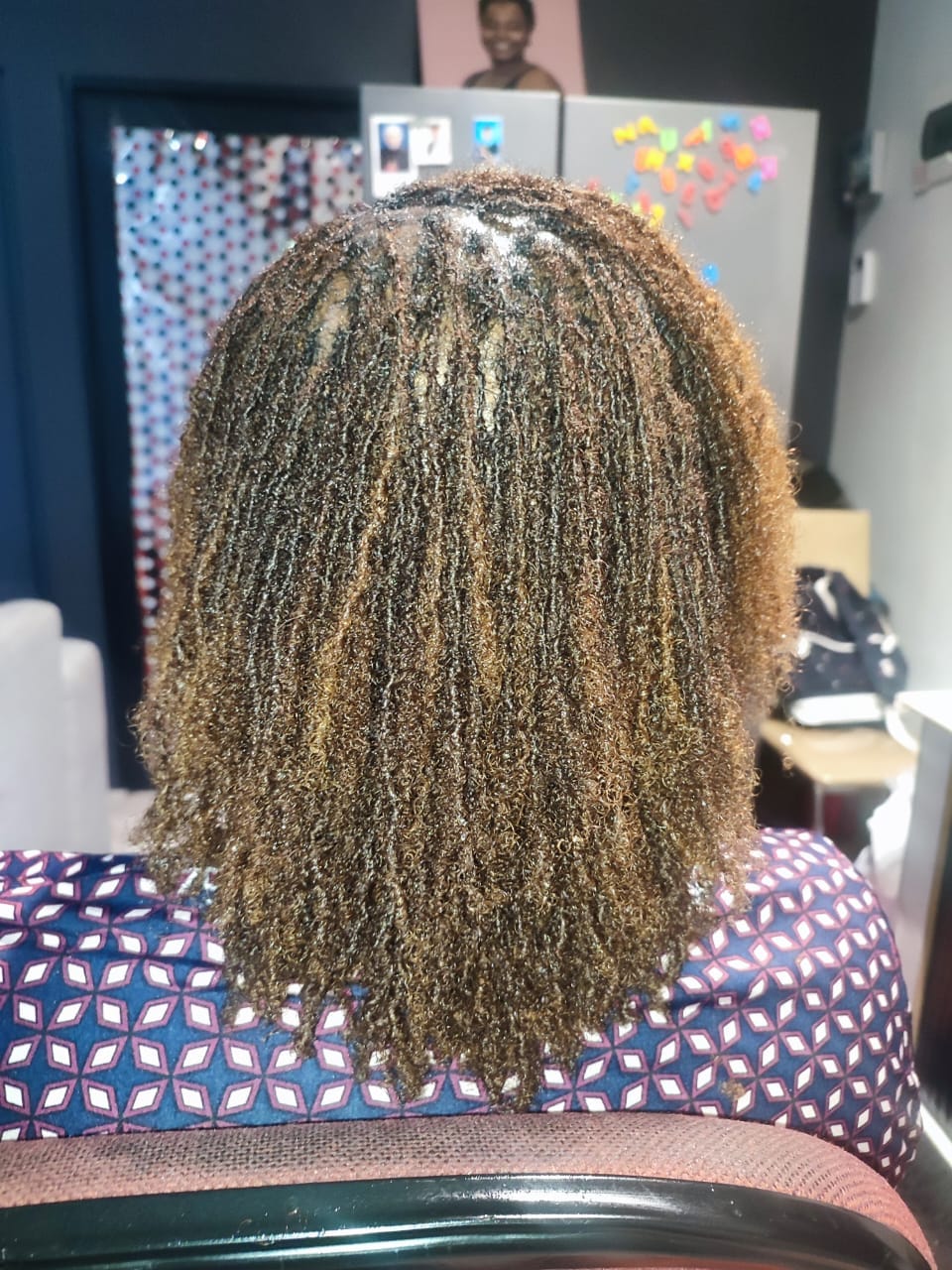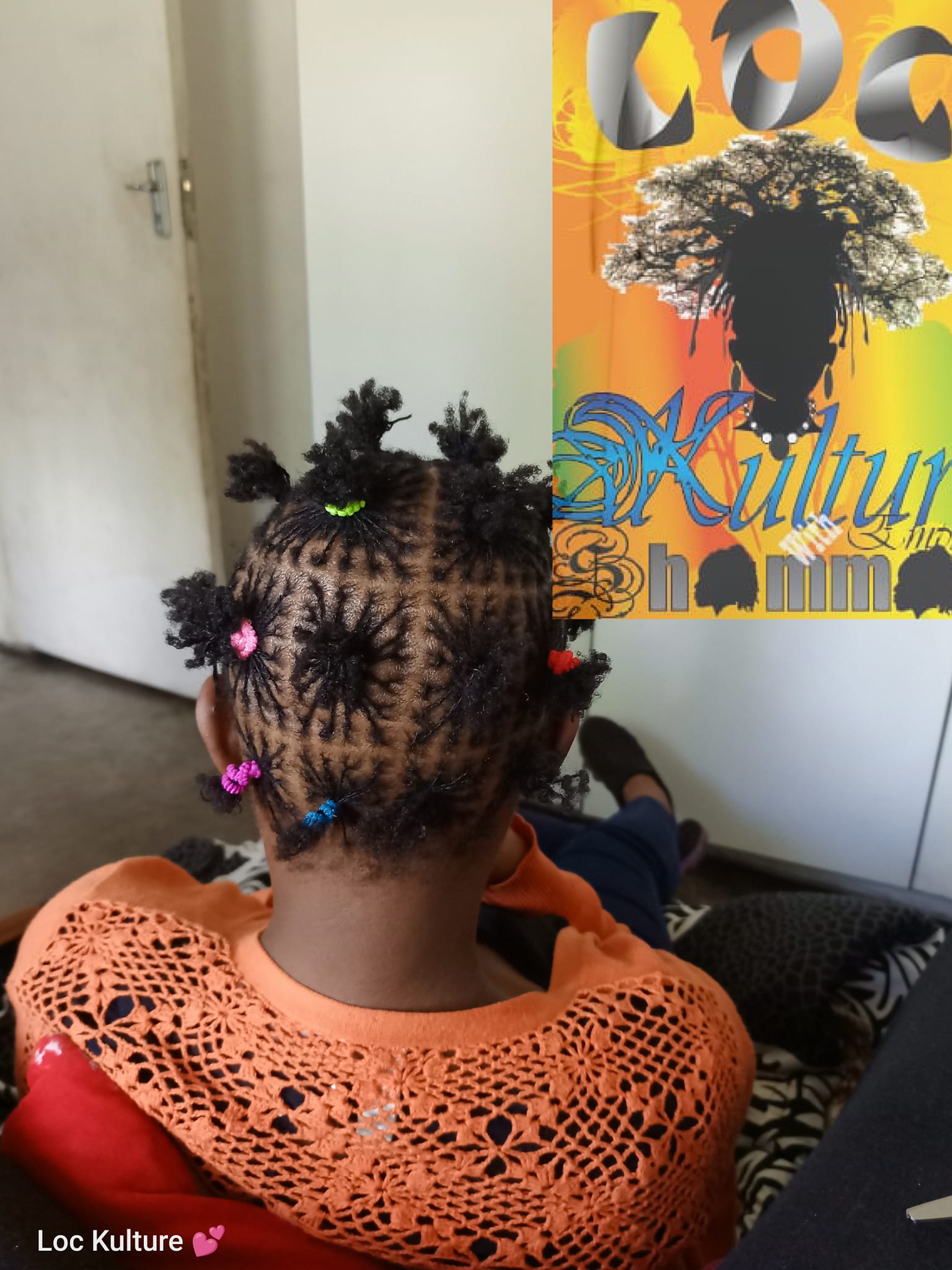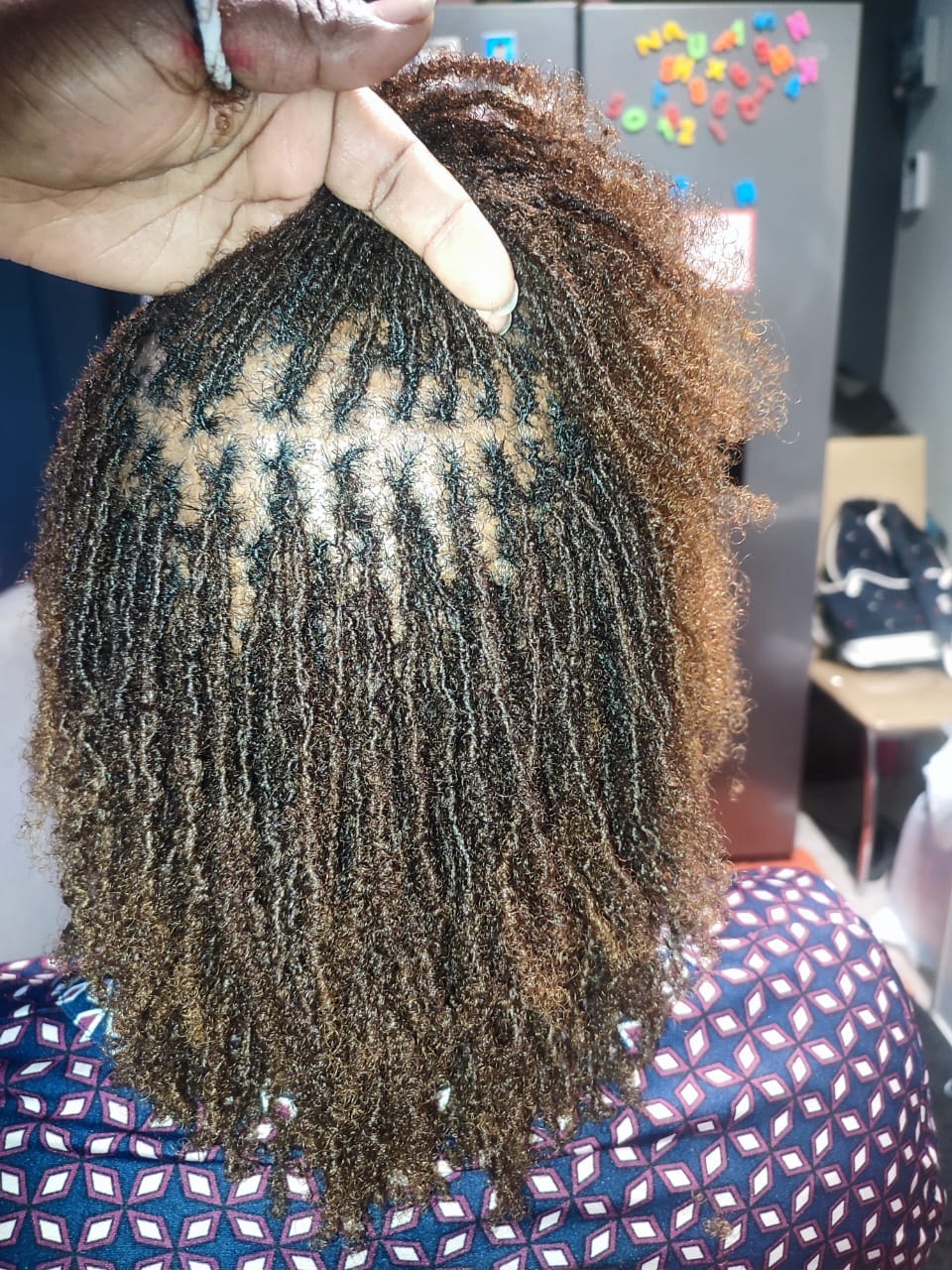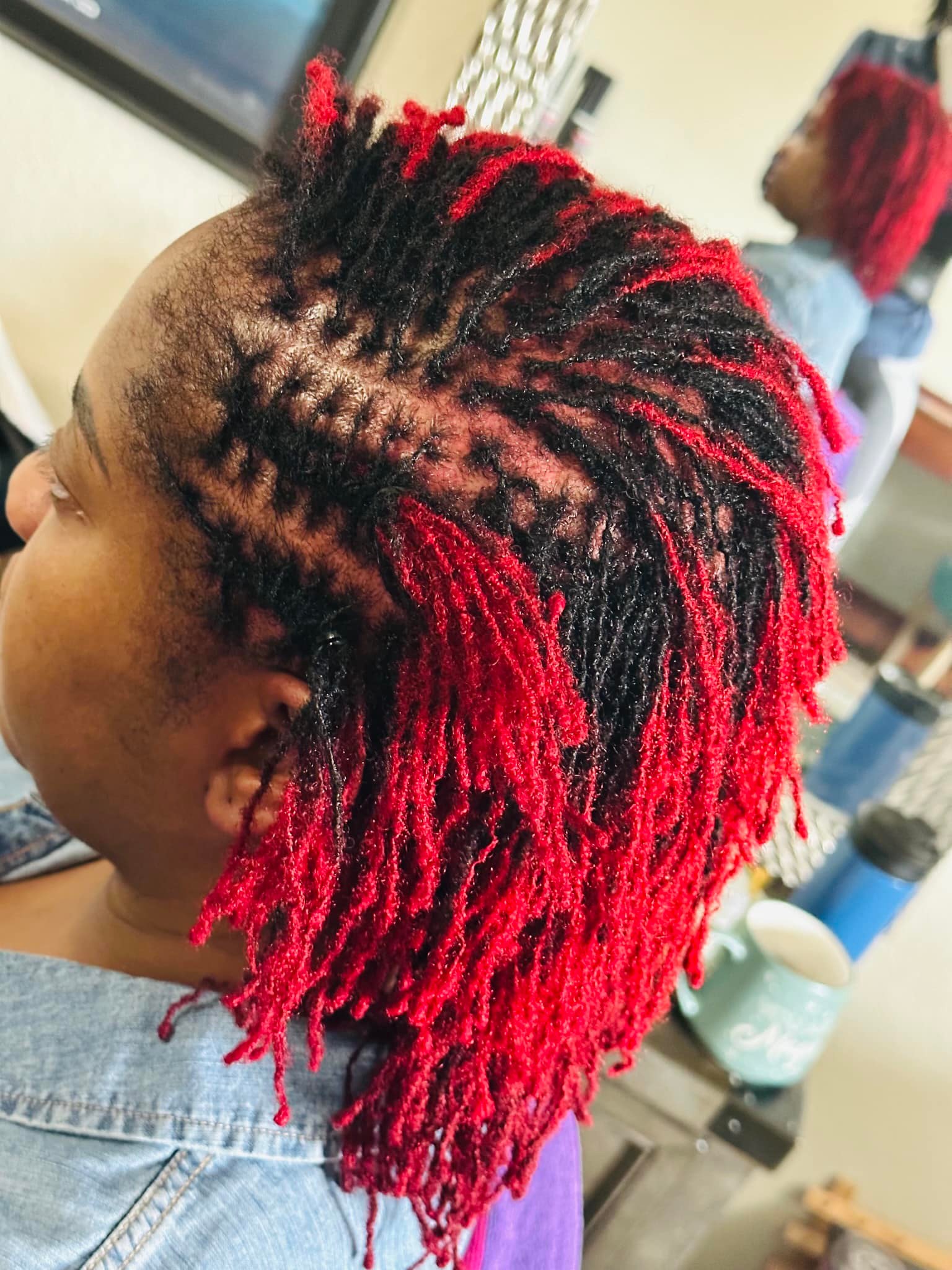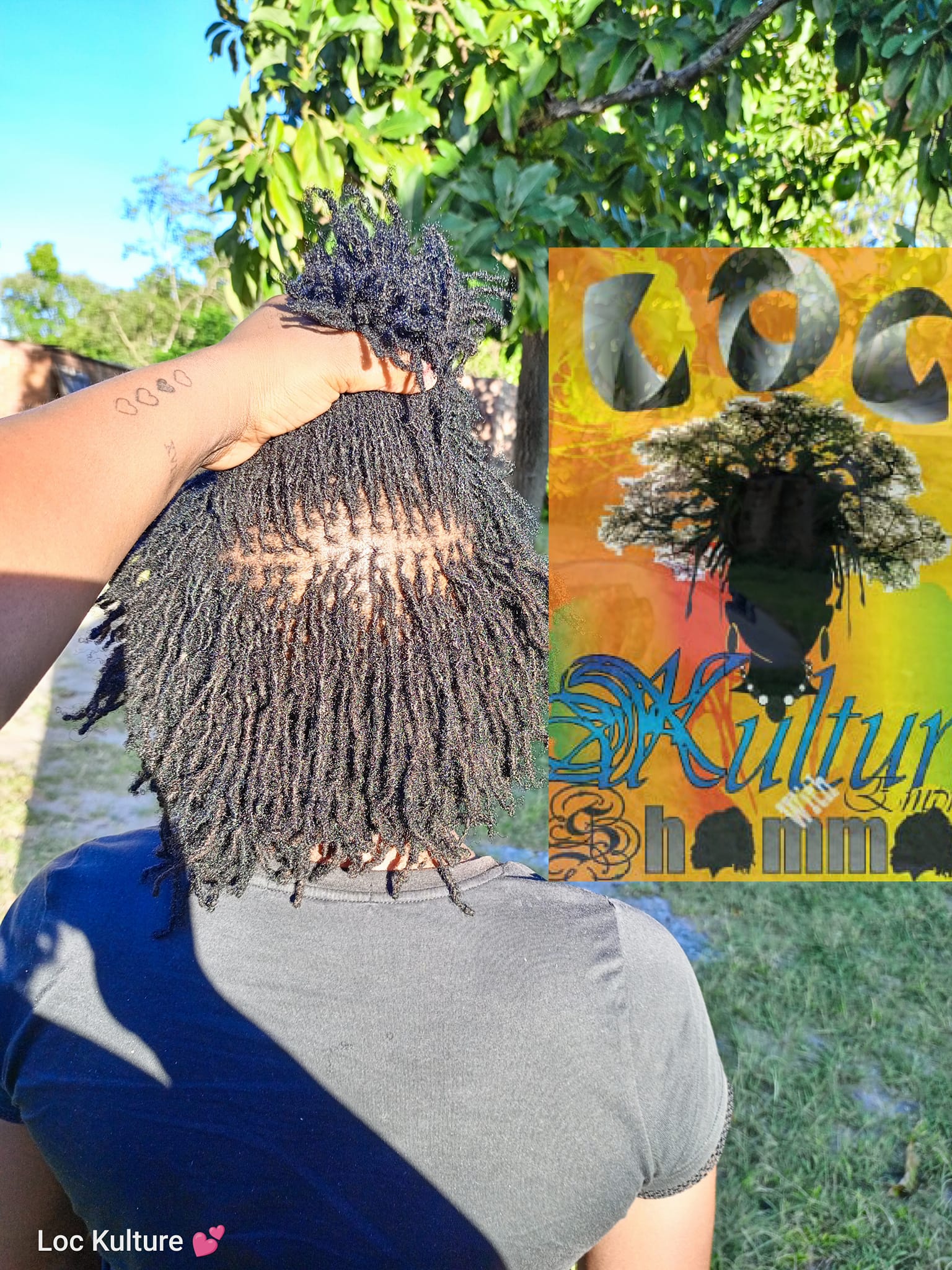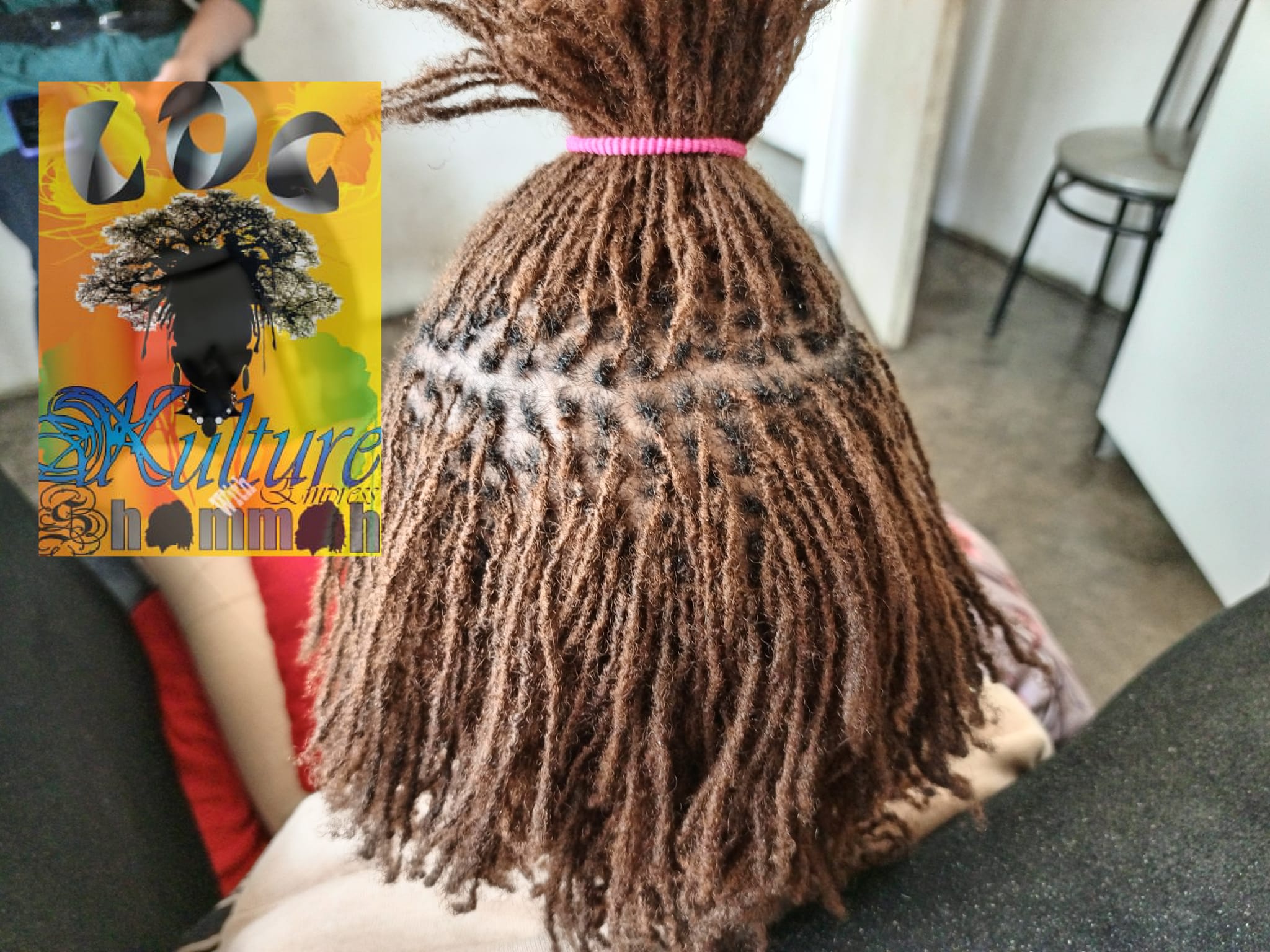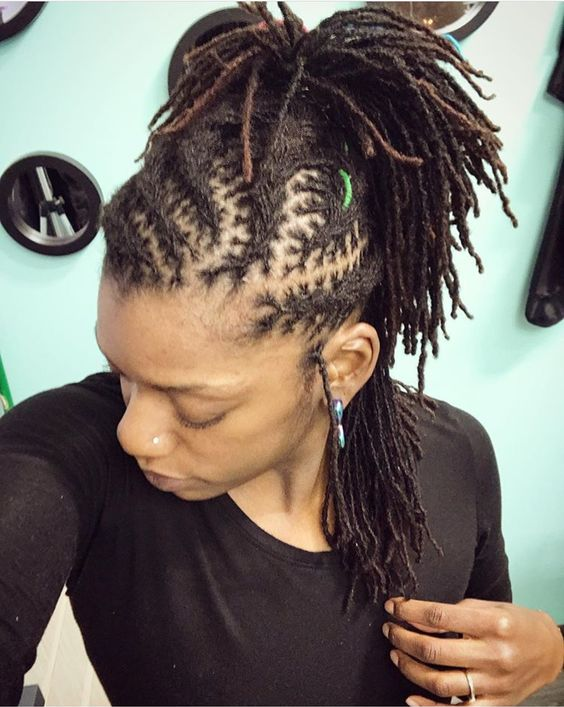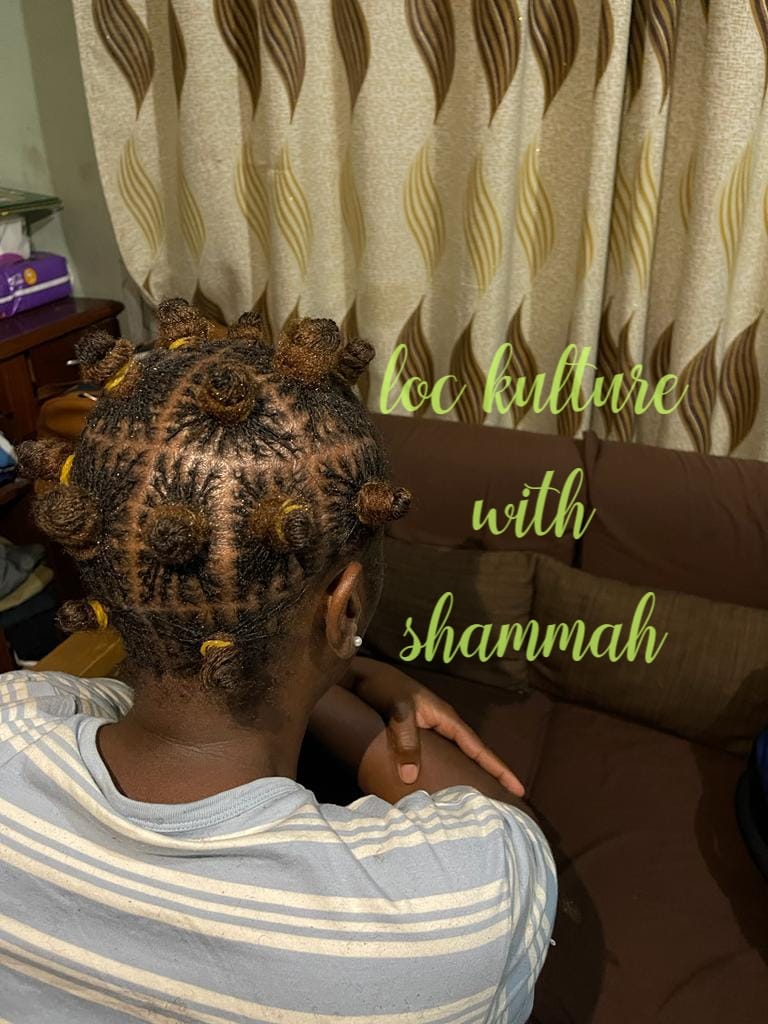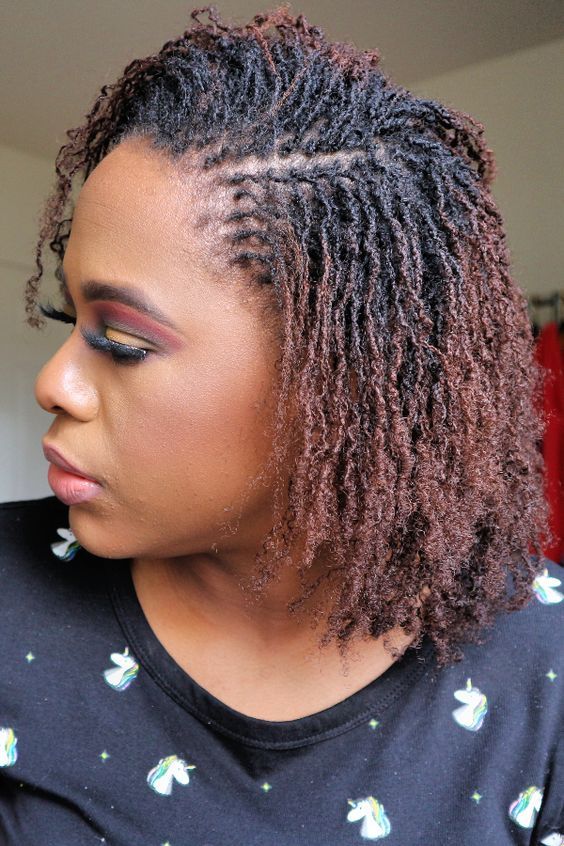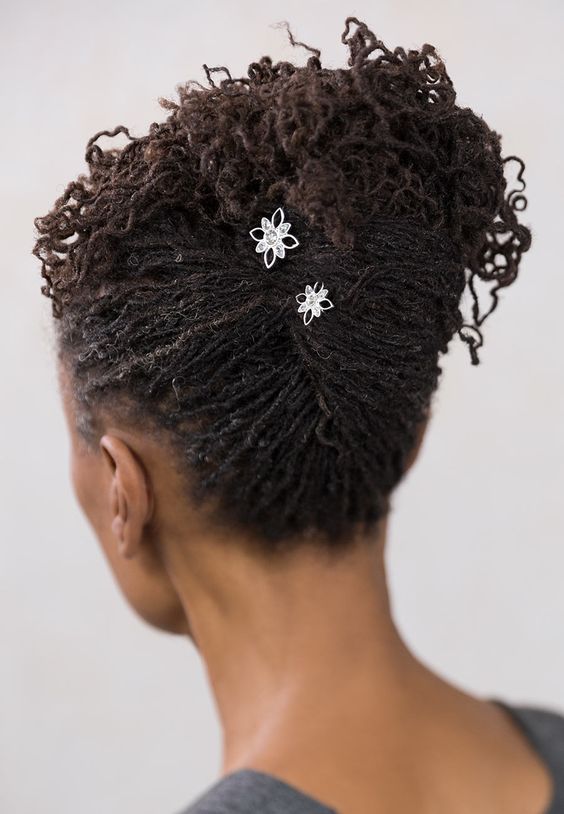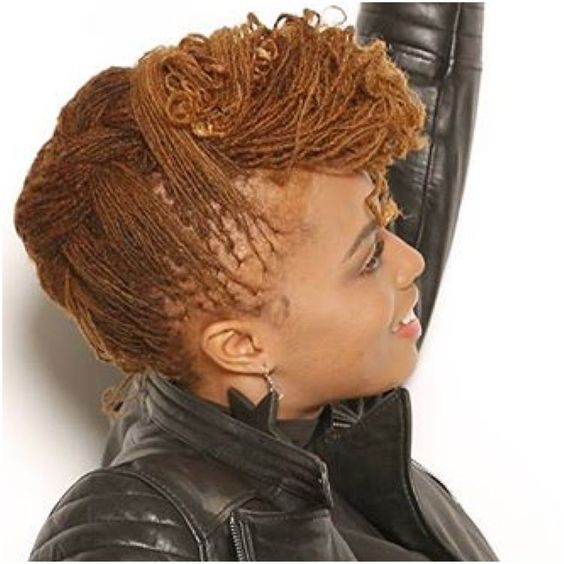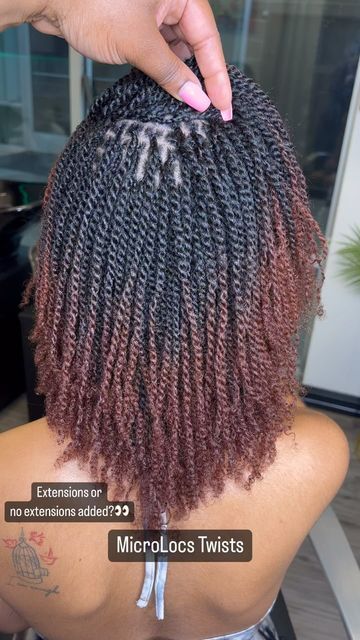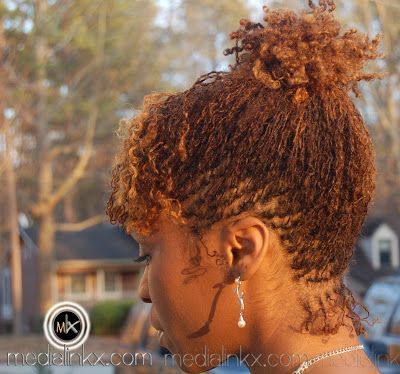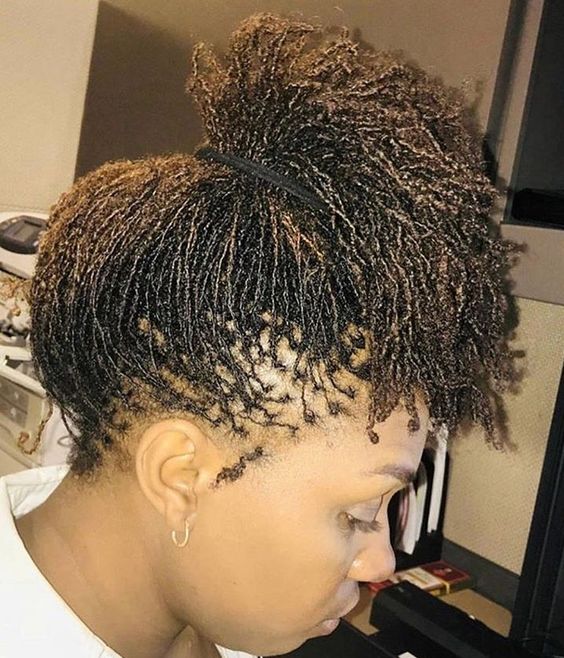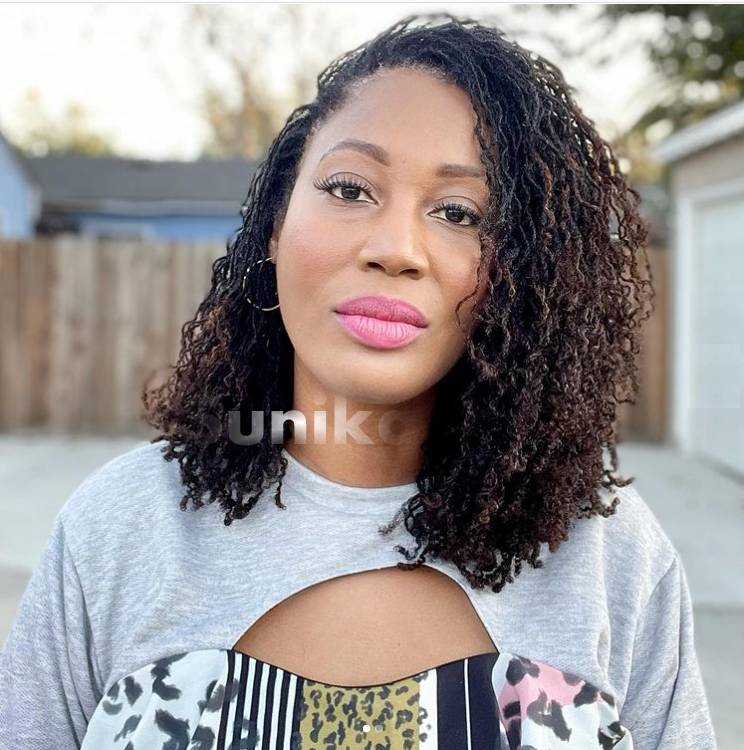
Starting Sisterlocks Yourself – A Complete Beginners Guide
What are Sisterlocks?
Sisterlocks are thinner dreadlocks, which you can styles just like your own natural hair. The thin locks have become a popular trend as the best choice for protective styles for African women.
The difference between Sisterlocks and common Traditional dreadlocks
Traditional dreadlocks are a usually done by using a variety of methods which include crotchet technique, coiling, twisting, or palm-rolling. Traditional Dreadlocks are generally thicker and are formed at the root of your hair.
Sisterlocks are very thin and are a bit more intricate to install than traditional dreadlocks. they are installed using much smaller portions of your hair, with a special tool that builds the lock from your ends to your roots. Unlike traditional locks, no product is used for making sisterlocks.
How much does it cost to get the Sisterlocks hairstyle?
Typically, sisterlocks can cost you anywhere between R850 and R1,500 in South Africa, but this can vary by location. However, pricing should not be the deciding factor when you are trying to get this hairstyle. It’s important to find a professional to ensure that you get your desired results.
Starting Sisterlocks
Starting Sisterlocks on your own can be a challenging process, but with the right tools and techniques, it’s possible to create beautiful, uniform locks in your hair. Be sure to take your time, do your research, and follow the steps carefully to ensure that your Sisterlocks are created correctly and will look great for years to come.
Step 1: Research and Preparation
Before starting Sisterlocks, it’s important to do your research and prepare your hair for the process. This includes washing your hair thoroughly to remove any dirt or debris, and detangling your hair to ensure it’s free from knots and tangles. You’ll also want to gather all of the tools and materials you’ll need, which may include:
- Sisterlocks tool:
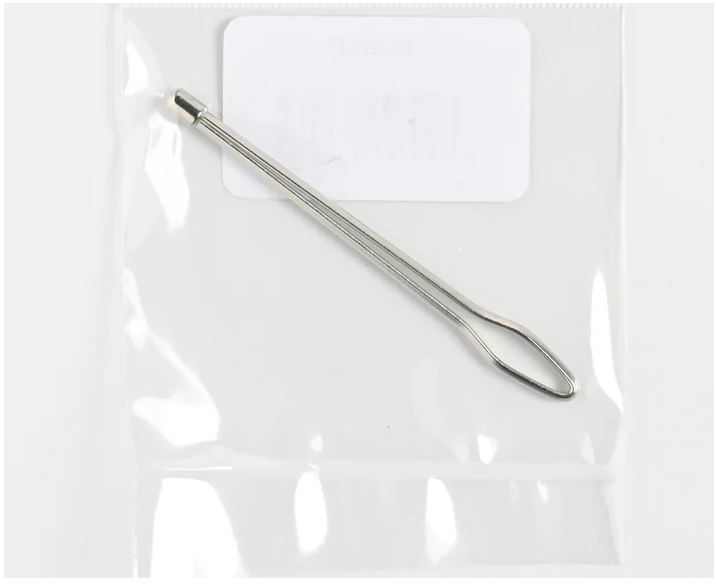
This is a specialized tool used to create the tiny locks in your hair. It’s important to use the proper tool to ensure the locks are created correctly. - Sectioning clips: You’ll need clips to section your hair and keep it out of the way while you work on each section.
- Comb: A wide-toothed comb can be used to help separate your hair into sections.
- Rubber bands: Rubber bands can be used to secure each section of hair as you work on it.
- Shampoo and conditioner: You’ll want to use a shampoo and conditioner that’s gentle on your hair and won’t leave any residue.
Step 2: Section Your Hair
The first step in starting Sisterlocks is to section your hair. You’ll want to start at the back of your head and work your way forward, creating small, square sections of hair. The size of each section will depend on the thickness of your hair and the desired size of your locks. Use clips to hold each section in place as you work.
Step 3: Twist your hair
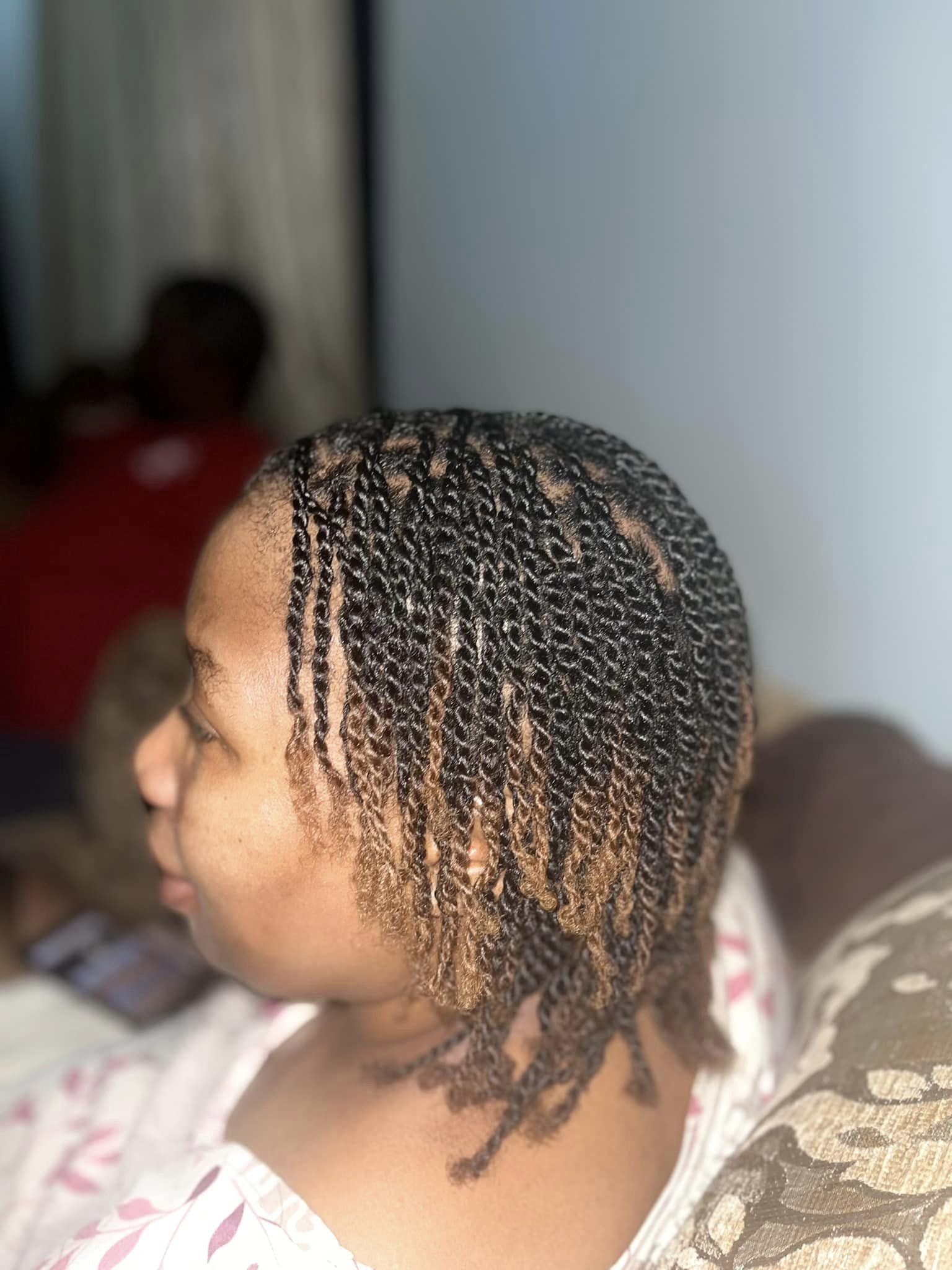
Twist your hair by selecting equal sections of your hair and twisting right to the end of the length of your hair. Soak the twist braid in water and blow dry or leave the style on for a few days allowing the hair to set.
Step 4: Undo the braiding
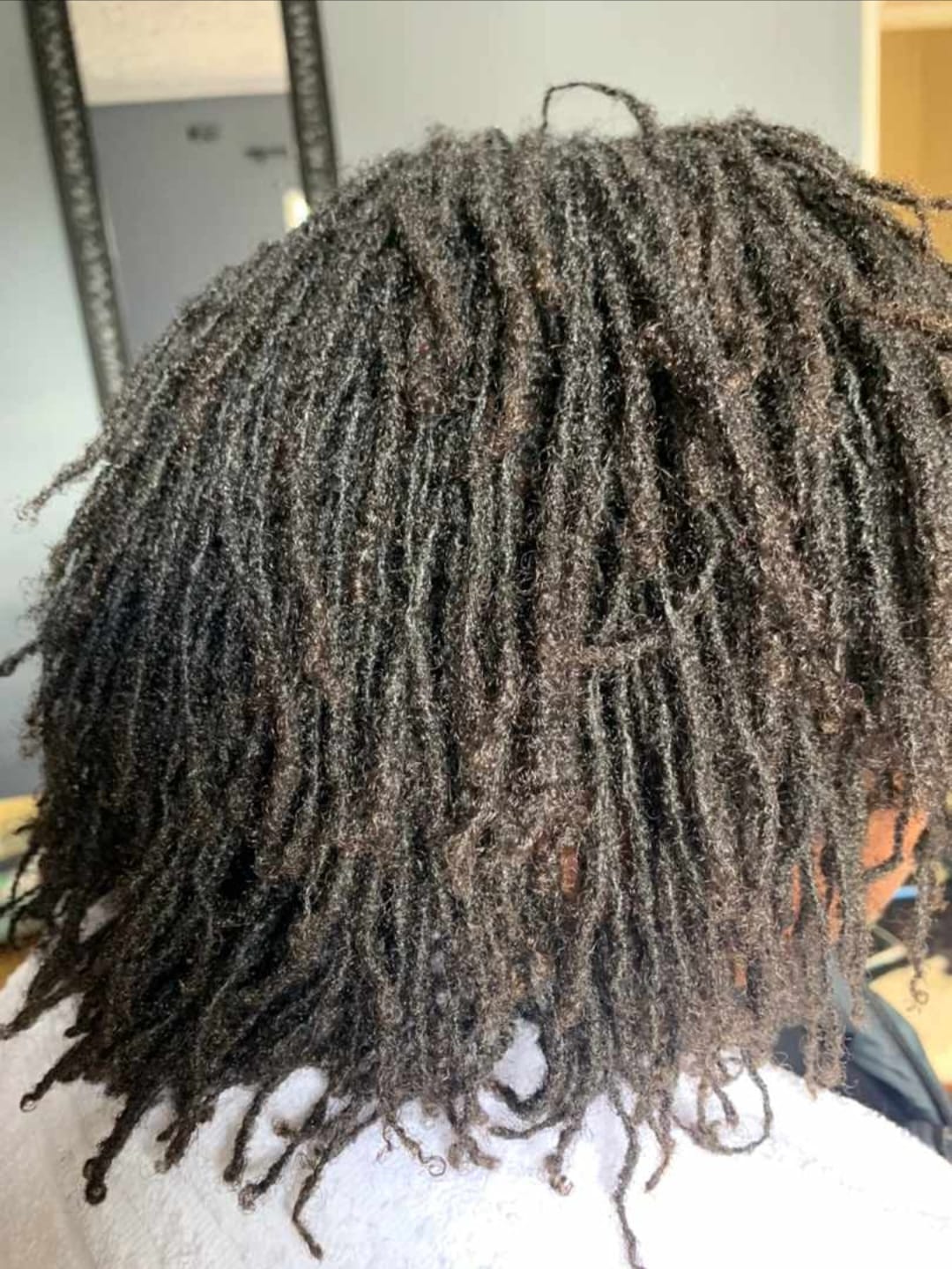
Depending on the size of your twist braid, when you undo the braiding, it should look almost similar to the image above. Once you have undone the twist, its time to start creating the locks. To do this, take a single section of hair and use the dreadlocks tool to lock in the sisterlocks. As you lock, the hair will begin to lock, forming a small, uniform strip of locked hair. Continue locking until the hair is fully formed and secure.
Step 5: Lock the strands
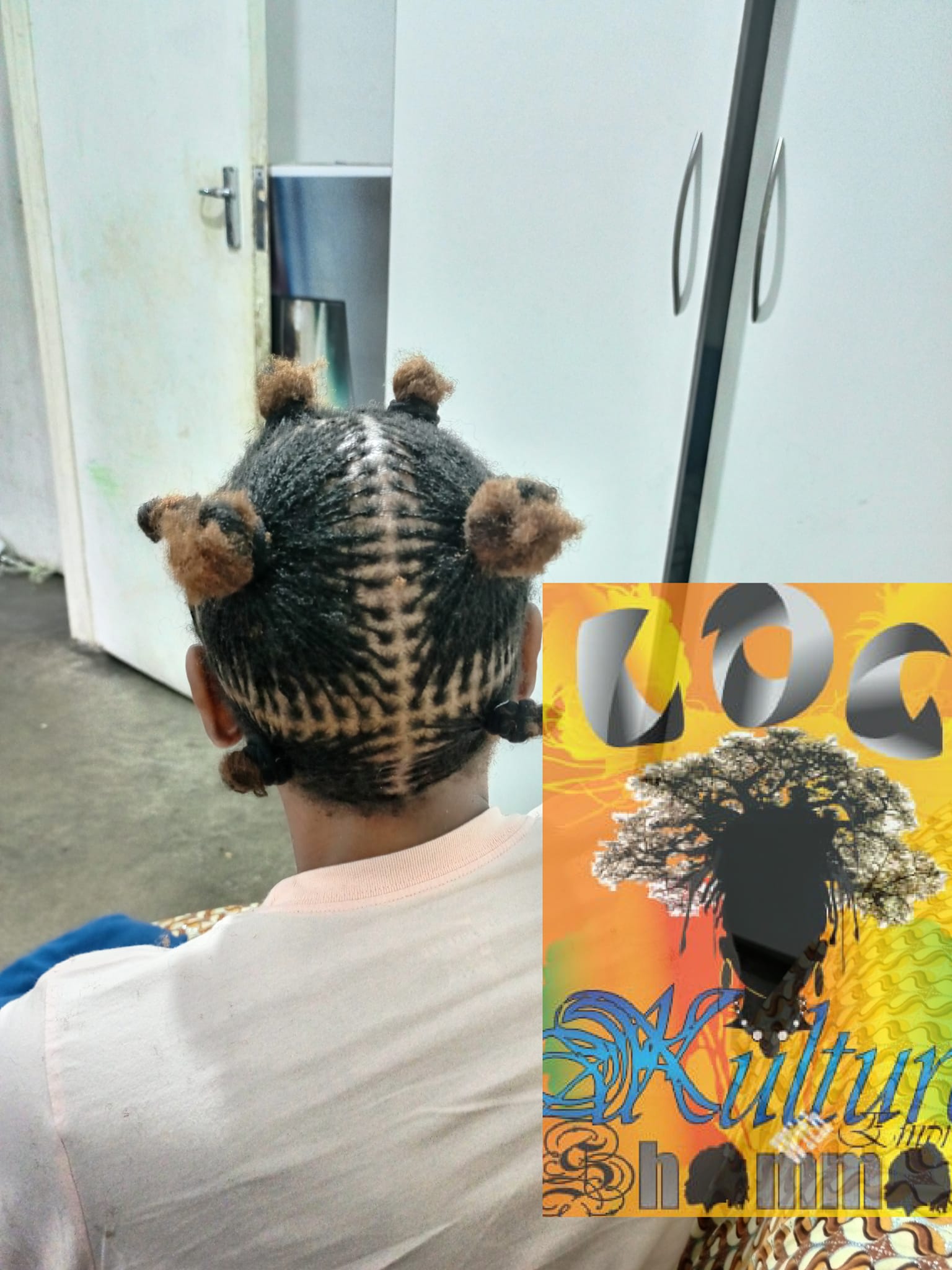
Once you’ve completed a section of your head, you’ll want to secure it in place using a rubber band. This will help keep the lock in place as it continues to mature and become more secure. Be sure to use a rubber band that’s the same color as your hair to avoid any noticeable marks.
Continue the Process Continue working your way through each section of hair, creating locks and securing them with rubber bands as you go. It’s important to take your time and work carefully to ensure that each lock is created properly.
Step 6: Maintenance and Upkeep
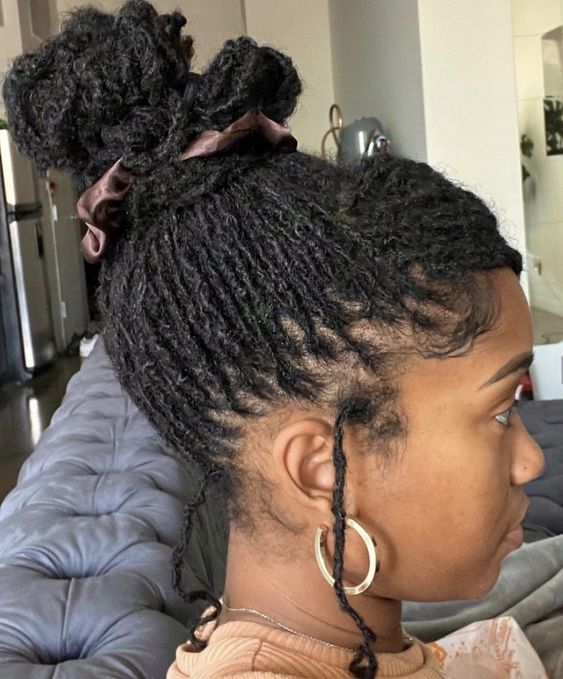
Once you’ve completed the Sisterlocks process, it’s important to take care of your locks to keep them healthy and looking great. This includes:
- Regular washing and conditioning: It’s important to wash and condition your locks regularly to remove any buildup and keep them looking their best.
- Tightening: Over time, your locks may loosen or become less secure. It’s important to have them tightened by a professional Sisterlocks consultant to ensure they stay in place.
- Avoiding tight hairstyles: To avoid putting unnecessary strain on your locks, avoid tight hairstyles like ponytails and braids. Instead, opt for loose, gentle styles that won’t pull on your locks.
More Sisterlocks Styles
